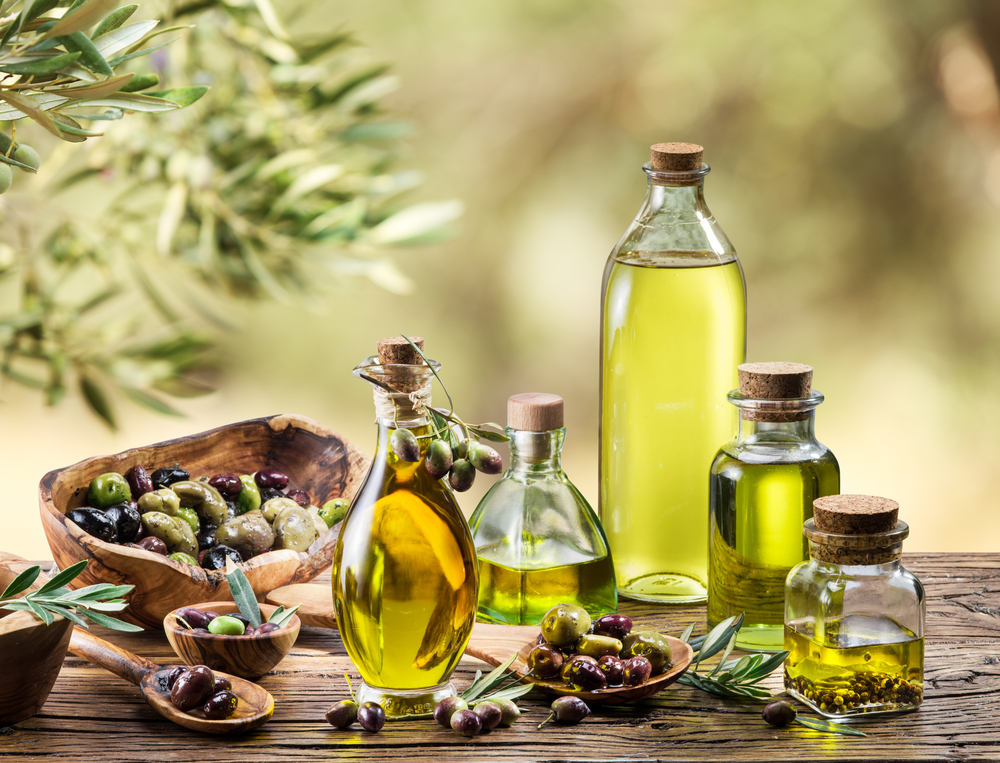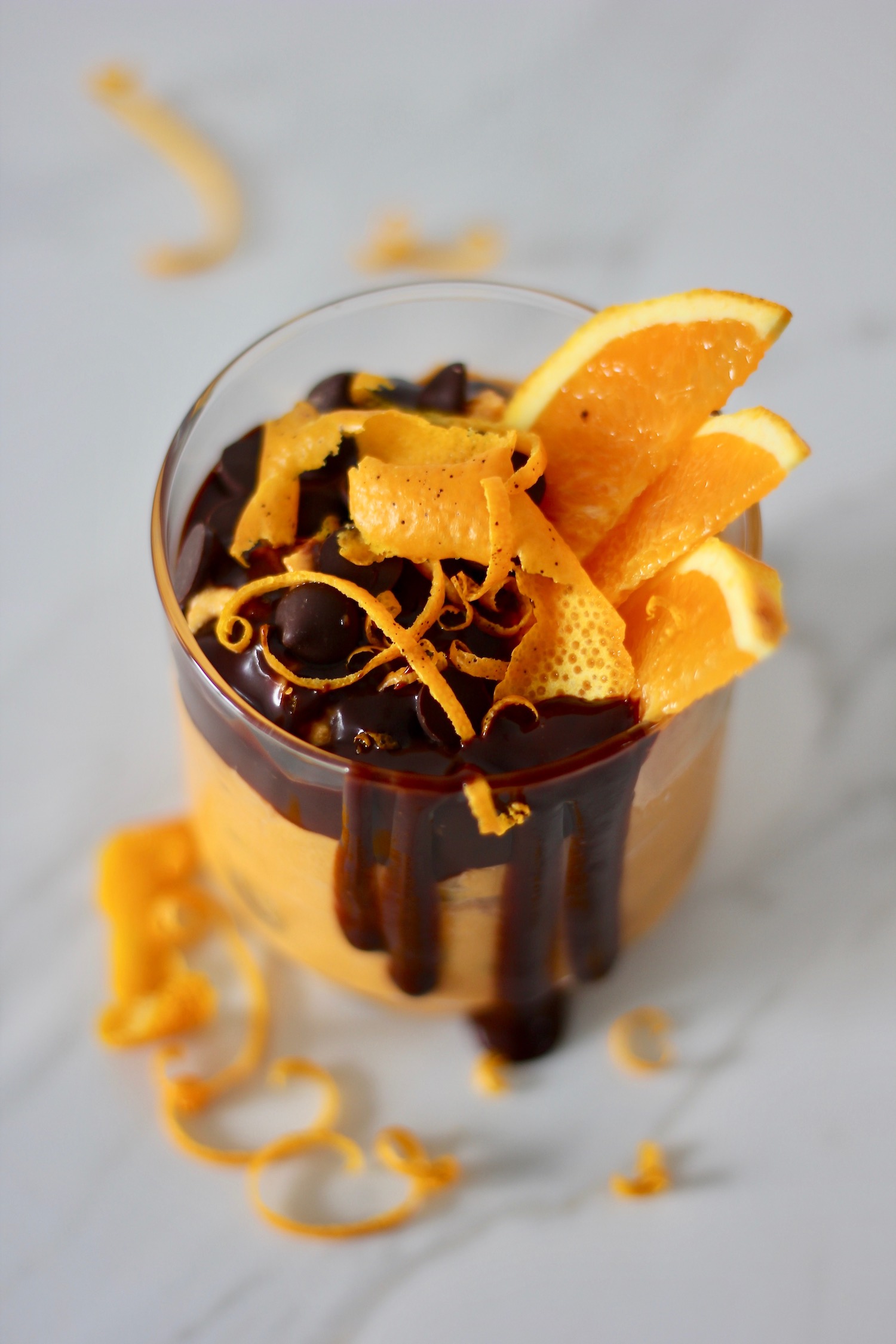Ten must-have oils for good health and great skin
Words Annabel McAleer.
In a grungy student flat in the mid-90s, I was brainwashed by a bleach-blonde nutritionist. Her name was Susan Powter and her clarion call shrieked from the television: “Stop the insanity!” Fat was our enemy. By eliminating all fat from my diet, I was convinced, my body would get stuck into the (back then, somewhat imaginary) fat stored on my thighs instead. Unsurprisingly, the resulting diet didn’t lead to weight loss – or a healthy attitude towards food.
Meanwhile, the skincare industry of the 90s churned out oil-free cleansers and moisturisers, to be applied alongside an ‘essential’ swipe of alcohol-based toner, for that matte-faced supermodel look.
Two decades on, many of us have yet to shake our lingering fear of fat and oil, and the food industry continues to make a fortune from its low-fat golden goose, cashing in on our worries about high cholesterol, heart disease and obesity.
But in true 90s style, our fat-free fanaticism has turned out to be deeply ironic. Despite wide availability of low-fat versions of a huge variety of foods, we’re less healthy – and more fat – than ever. And despite the legions of beauty products promising clear, youthful skin, most contain irritating fragrances and drying chemicals that leave our skin dependant on further products to compensate.
The fact is, we need essential fatty acids to stay healthy inside, just as we need oil to moisturise our skin. Here’s Good’s guide to your top ten must-have oils:
1 Extra-virgin olive oil
For dressing and dipping
It’s not a pleasant fact to learn, but if your cupboard contains extra virgin olive oil in big clear bottles from the supermarket, chances are you’ve been eating rancid oil. Oil breaks down into fatty acids when exposed to light; a recent Fair Go investigation tested several supermarket brands and found all the European extra-virgin oils were rancid.
“Imported olive oils tend to be quite old, and they’ve got high levels of oxidation,” explains Laurence Eyres, chair of the Oils & Fats Specialist Group of the New Zealand Institute of Chemistry. They even have a lower smoke point than local oil. It’s best to buy local: choose oil in tins or small, dark-tinted bottles of New Zealand oil, and keep an eye on best before dates.
2 Avocado oil
For dressing, sautéing, moisturising
Avocado oil is a minimally processed, natural oil that’s produced locally and safely stored in dark bottles. It’s used the same ways as extra-virgin olive oil, but a varied diet is a good diet, so mix it up – there are plenty of infused-flavour avocado oils to choose from. Avocado oil is also very high in monounsaturated fats, which are the healthy ones for cooking, and lower in polyunsaturates. (Oils high in polyunsaturates are fine as long as you don’t heat them, explains Eyres. “They’re unstable; they will polymerise and oxidise.”) It also makes a great moisturiser and massage oil, with a more decadent feel than olive oil.
Smokin’ hot
For cooking at high temperatures, you’ll want an oil with a high ‘smoke point’ – the temperature at which the oil starts to burn. But it’s not true that all olive oils, for example, have the same smoke point. “The smoke point isn’t a characteristic of the oil, it’s a characteristic of the processing,” explains Laurence Eyres of the Oils & Fats Group.
A properly produced oil with low acidity will have a high smoke point, he says, while poor oil will have high acidity and a low smoke point. “That’s why the idea that olive oil smokes is around, because for years everybody used poor-quality imported oils.” If your extra-virgin olive oil or avocado oil is fresh, good quality oil, it’s fine (albeit a bit expensive) to use for sautéing and stir-frying.
3 Canola oil spray
For grilling, baking, frying
Our bodies need fat to function – but not too much. When your food needs just a little lubrication, a canola oil spray lets you fry in a way even Susan Powter would approve of. The spray cans are a tad on the expensive side, but they don’t let in light so the oil lasts a long time – or you could make your own with a tinted glass or metal bottle and a spray pump.
Canola oil is a good choice because it has a reasonable ratio of omega-3 to omega-6, says Eyres. It has lots of monounsaturated fat, hardly any saturated fat and a high smoke point. The canola plant was cross-bred from rapeseed the traditional way, removing rapeseed’s toxic erucic acid, but some crops have been genetically engineered for herbicide resistance, so you may wish to choose an oil labelled GM-free, or go for a spray bottle of rice bran oil instead.
4 Light olive oil
For sautéing and frying
If you want an inexpensive oil you can glug into a frying pan, you want a highly refined oil, says Eyres. Light olive oil is a good choice, he says, but be aware that ‘light’ means it’s been refined, bleached and deodorised – not that it’s low in calories. Processing removes the oil’s acidity, making it a healthy choice for shallow pan-frying. “Refining in this case actually improves the quality of the oil. You end up with a very stable oil.” Most of the refined oils on our supermarket shelves are refined in Australia, says Eyres, so even a house brand won’t be bad quality. Canola oil and rice bran oil are also relatively healthy choices for your pan.
5 Fish oil
For brain and heart health
Everything you’ve heard about fish oil is probably true – and more. It’s packed with omega-3 fatty acids, but more importantly, it contains a couple of super essential ones: docosahexaenoic acid (DHA) and eicosapentaenoic acid (EPA). They might be a bit of a mouthful to say, but these two acids are largely responsible for fish oil’s benefits. Between six to ten percent of your brain is DHA – especially the nerve centres which transmit brain signals, says Dr Alex Richardson, Oxford University nutrition researcher and author.
But not all omega-3 essential fatty acids are created alike.
If your consumption of omega-6 (that’s the one found in vegetable oils) and omega-3 is out of whack – say you’re eating lots of the first and little of the second – then those vital fatty acids won’t be absorbed properly in your body. Part of the problem with our modern diet is that we consume so much omega-6 through processed food that it drowns out the omega-3 we get, says Dr Richardson.
But if you take a sensible approach, you don’t need to worry, says Eyres. “If you use olive oil, and you don’t eat a lot of sunflower or other oils [that are high in omega-6], then you’re not consuming a lot of omega-6. If you eat fish twice a week you’re going to get powerful omega-3 from the fish.”
6 Castor oil
For facial cleansing
It’s a powerful purgative when eaten – it can even induce labour – but castor oil makes our list for more refined reasons. This sticky oil is the key ingredient in what beauty editors call the ‘oil cleansing method’: simply massage it into your face for a few minutes, and wipe off with a hot damp cloth. (For a less sticky experience, dilute the castor oil with a lighter oil at a ratio of about 20:80.)
Typical cleansers strip skin of its natural oils and encourage the over-production of oil, locking you (or your hormonal teenager) into a cycle of product dependence. But oil attracts and dissolves oil, and castor oil’s purgative function works on the skin to flush out sebum and blackheads while leaving you with a hydrated glow.
7 Jojoba oil
For face and body
Jojoba oil is actually a liquid wax, similar in molecular structure to the wax esters produced by our skin. Because of its similarities to our own sebum, jojoba is absorbed easily by the skin, and it is also easily washed off, making it a good base for both cleansing and moisturising oil blends.Choose an organic oil, which means it has been refined naturally, with less of the reduction in quality that can follow cheaper refining processes.
8 Coconut oil
For hair, body and baking
It makes your hair softer, your limbs smoother, it smells like summer and you can even fry dinner in it – coconut oil may be the world’s most decadent oil. Rich in lauric acid, it makes hair stronger by reducing protein loss. Try melting a little oil (it’s solid at room temperature) between your hands and thinly coat your hair, leaving it on overnight before shampooing.
And if you have goosebumpy skin on your upper arms (‘chicken skin’, technically known as ketarosis pilaris, affecting about 40 percent of adults), moisturising with coconut oil can smooth it out – and you’ll smell delicious. Coconut oil is also edible and can be used in baking, Asian dishes and for popping popcorn. It’s a saturated fat, but there’s some evidence it has positive health benefits.
With one jar of coconut oil in your kitchen and another in your bathroom, you may even want to grab a third and stash it in your bedroom: you can also use coconut oil as a natural, edible massage oil and lubricant. Told you it was decadent.
9 Argan oil
For hair and body
Argan oil is riding a wave of popularity – but beware of pretenders. The ‘Morrocanoil’ brand of haircare products may have put the spotlight on the oil from the ancient argan tree, endemic to Morocco, but silicones are the main ingredient in its hair products.
Nutty and golden, pure argan oil is very high in vitamin E, and can be used on its own as a natural moisturiser for dry hair and skin, as well as conditions such as psoriasis and eczema.
There’s a bonus feel-good factor, too: argan oil is produced by women’s cooperatives in Morocco, under Fairtrade conditions. The argan forest is a protected reserve, which the cooperatives help preserve and restore.
10 Rosehip oil
For moisturising
Brilliant marketing can convince us to put all manner of things on our face in the name of beauty, but rosehip oil stands up to its hype. Independent clinical studies of Trilogy’s Certified Organic Rosehip Oil measured visible reduction in scars, stretch marks, wrinkles and dry skin.
4 facts to know about omega-3
Not all omega-3 fatty acids are created alike. Here’s what you need to know:
Depressed?
In children, fish oil has been shown to reduce attention deficit disorder symptoms and improve reading and spelling ability. In adults, it improves working memory, brain function, night vision and mood. In fact, it’s so effective at treating mood disorders that the American Psychiatric Association officially recommends EPA- and DHA-rich supplements for sufferers of depression.
Pregnant?
A study of 2,399 pregnant women found that taking fish oil supplements from 20 weeks until birth reduced post-natal depression by 36 percent, developmental delays in babies by 60 percent, premature birth by 50 percent, and eczema in babies by 36 percent. Worried about your mercury intake? Simply make sure you take a reputable supplement, says Dr Richardson.
Vegetarian?
Flaxseed (also called linseed), some vegetables and walnuts are all praised as vegetarian sources of omega-3 fatty acids – which they are. But they don’t contain the two with all the benefits: DHA and EPA. Instead, they’re rich in a different one: alpha-linolenic acid (ALA).
Confused yet? Our bodies can convert ALA into DHA and EPA, but only in miniscule amounts, so ALA doesn’t provide the same benefits. The only vegetarian source of DHA and EPA is algae, which you can also buy in supplement form. In fact, the reason fish oil contains those extra beneficial fatty acids and not the other ones is that fish dine on algae, instead of, say, walnuts.







